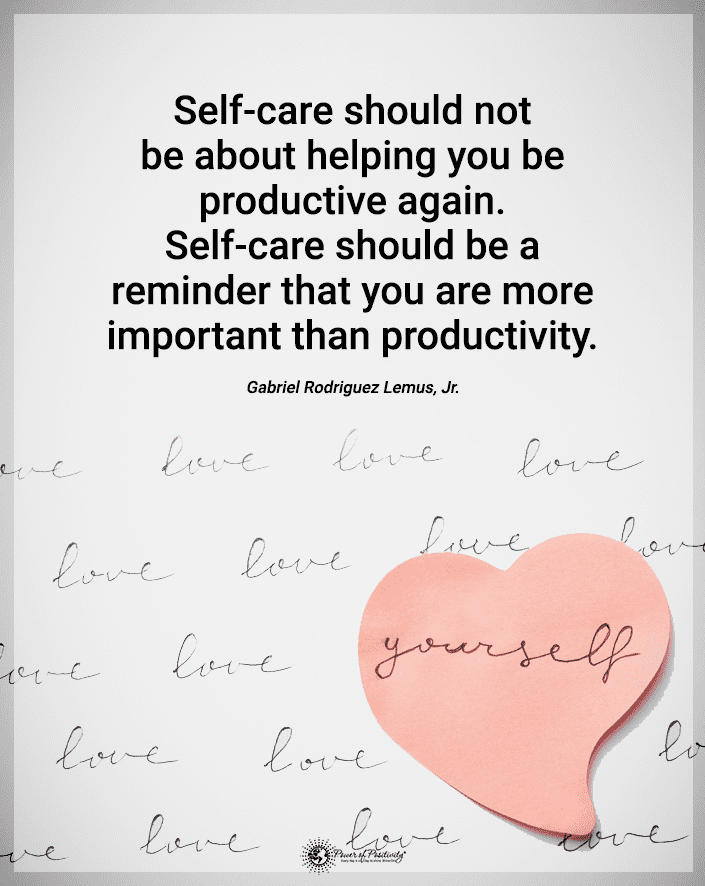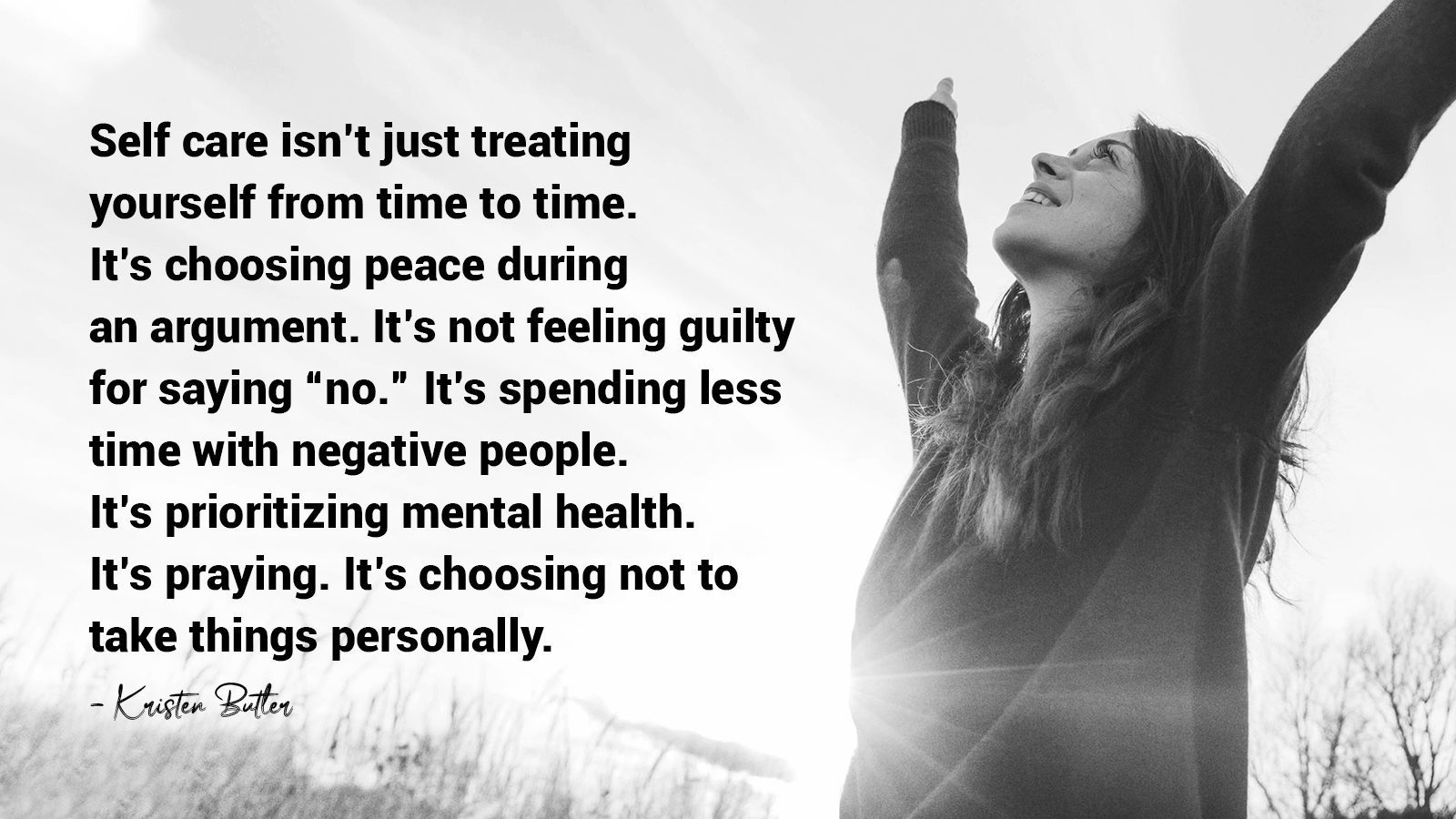Dating an Aquarius will keep you on your toes because they constantly seek new adventures. As one of the most spontaneous, unpredictable zodiac signs, Aquarius views life as an endless opportunity for discovery and growth. Other notable Aquarius traits include their free-spirited, unconventional nature, innovative spirit, and perpetual pursuit of knowledge.
Born between January 20 and February 18, those with this horoscope have a fierce rebellious streak. They prefer living on their terms and strongly dislike following the status quo and societal norms. If you’re dating an Aquarius, you have probably noticed their need for independence and tendency to question traditions.
Known as the rule breakers of the zodiac, they don’t just mindlessly follow authority figures. They follow their intuition and typically pursue careers where they can have a flexible schedule. Better yet, some decide to start their own business or take jobs that allow them to travel frequently, which appeases their restless nature.
Understanding the characteristics of an Aquarius will help you have a more enjoyable, meaningful relationship with the water-bearer. Below, we’ll discuss some of their main traits so you can deepen your connection with them.
Understanding the Aquarius in a Relationship
Aquarius’ characteristics in a relationship differ slightly from their behavior as a single man or woman. For example, an Aquarius in love desires a deep, heartfelt connection with their lover, whereas they tend to be aloof outside relationships. However, it may take time to let their guard down as they don’t like feeling vulnerable. When dating an Aquarius, you’ll notice they need plenty of space and may not immediately text or call you back. As mentioned above, they have an unconventional timeline and don’t follow conventional relationship rules.
But if they’ve chosen you as their love interest, they see the potential for a serious relationship and want to take things further. Their relationship behavior may seem quirky sometimes, but don’t let this deter you — people with this horoscope like to take things slowly and enjoy the journey rather than forcing anything.

Benefits of Dating an Aquarius
If you’re dating an Aquarius, it probably feels different from any other experience you’ve had previously. The water bearer loves playing hard to get because they want to gauge your interest and commitment first. Also, they would rather keep things lighthearted and fun and build a solid friendship before taking the next step.
In relationships with Aquarians, you’ll enjoy many emotional benefits, such as intense intellectual engagement and stimulating conversations. They also have a humanitarian spirit and regularly engage in charitable, prosocial activities. Finally, they greatly value their independence and will honor your need for space and autonomy.
However, you may encounter some challenges in Aquarius dating, such as their emotional aloofness and detached nature. They feel emotions like anyone else but tend to view things more objectively and logically.
Also, you might struggle with their unpredictability while dating an Aquarius since they despise conformity and a rigid routine. For example, someone with this zodiac sign may wander off somewhere without telling you and leave you hanging for a while. The Aquarius independence can take time to adjust to, primarily if you’re used to dating people who are constantly available.
7 Things to Never Forget When Dating an Aquarius
Whether you are just starting a relationship or already head over heels for someone born under this zodiac sign, remember these:
1. When dating an Aquarius, honor their independent nature.
Aquarius hates feeling tied down or restricted, so respect their need for independence and freedom. By giving them space, they’ll ironically start feeling more comfortable with a serious relationship knowing that you won’t smother them.
2. Never forget their need for personal space.
The water bearer views relationships differently than most zodiac signs. They prefer dating someone who feels content with their life and doesn’t seem emotionally needy. You will probably love Aquarius’ independence if you enjoy your company and don’t feel dejected when your partner needs space.
3. Remember Aquarius’ humanitarian nature and generous spirit.
While Aquarians have issues with emotional attachment, they have beautiful souls and care deeply about people’s well-being. If you’re dating an Aquarius, you’ll realize they try their best to improve the world through community involvement and innovation.

4. You’ll have to accept their spontaneity.
One day, they will spend a quiet evening at home with you; the next, they’ll book a flight to a foreign country. Their wanderlust knows no bounds, and containing Aquarius’ unpredictability will seem as difficult as controlling the wind.
5. If you’re dating an Aquarius, expect emotional aloofness sometimes.
They won’t get all lovey-dovey with you, but they will listen to you intently and value your opinions. Aquarians enjoy being in your presence and spending quality time with you, even if they don’t always express their feelings.
6. Honor and cherish their unique, offbeat sense of humor.
One of the most endearing qualities about an Aquarius includes their eccentric personality and quirky sense of humor. They’ll make you laugh with their strange jokes and ideas all night, so ensure you have an open mind.
7. Value their innovative thinking and love of knowledge when dating an Aquarius.
People with this horoscope crave knowledge and always enjoy learning new subjects or ideas. They have endless creativity and keep their minds busy with various projects and endeavors.
Effective Communication with an Aquarius
If you’re dating an Aquarius, you may struggle to communicate your needs effectively since they’re sometimes emotionally unavailable. However, communication with Aquarius will become easier if you remain patient and understanding. Try to see things from their perspective and cherish Aquarius’s intellectual conversations, as they provide a window into their soul. Also, respecting Aquarius’s space is crucial in a relationship since they value their autonomy above anything else in life.
The Aquarius Partner and Long-Term Relationship Potential
When dating an Aquarius, you’ll find relationship satisfaction by accepting their unique traits and honoring their desire for space. Some people may have difficulty understanding Aquarius and find their aloofness off-putting or strange. However, those who relish solitude and enjoy thought-provoking conversations may feel drawn to the water-bearer. In long-term relationships, the Aquarius will make their loved ones feel special by taking them on wild adventures and surprising them with elaborate gestures. You’ll get the best of both worlds with this zodiac sign, as you can enjoy your independence while having an exciting love life.

Final Thoughts on Dating an Aquarius
When dating an Aquarius, remember their need for personal space, love of freedom, and spontaneous, unpredictable spirit. They want a relationship that feels more like an adventure than a restriction or attachment. Therefore, successful Aquarius relationships require a certain degree of self-esteem and autonomy. If you feel happy with your life and want someone to enjoy the journey with, you’ll find your match in the water-bearer.



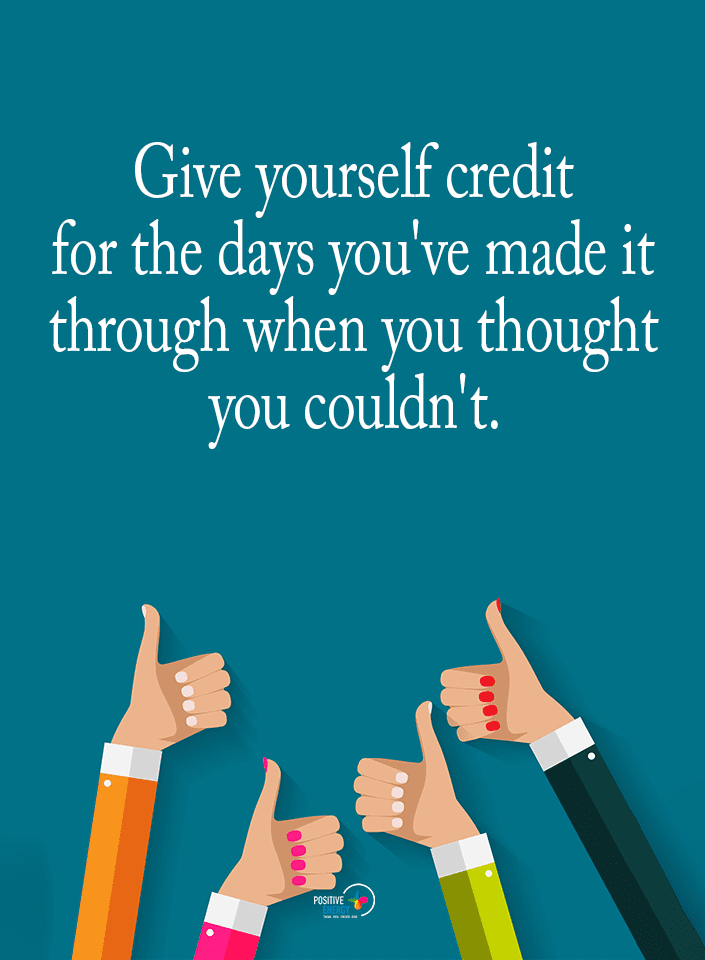



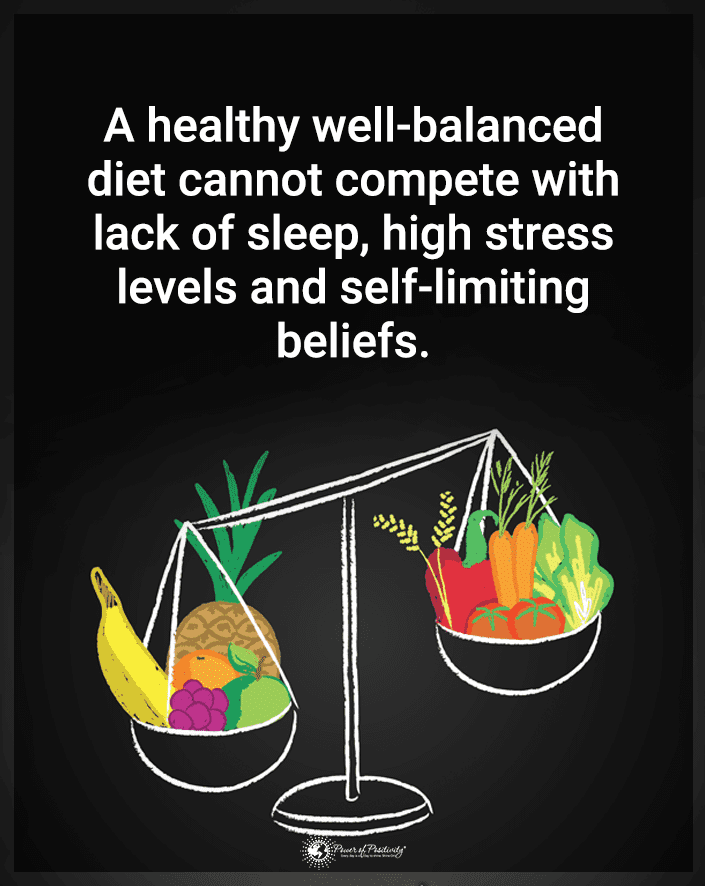
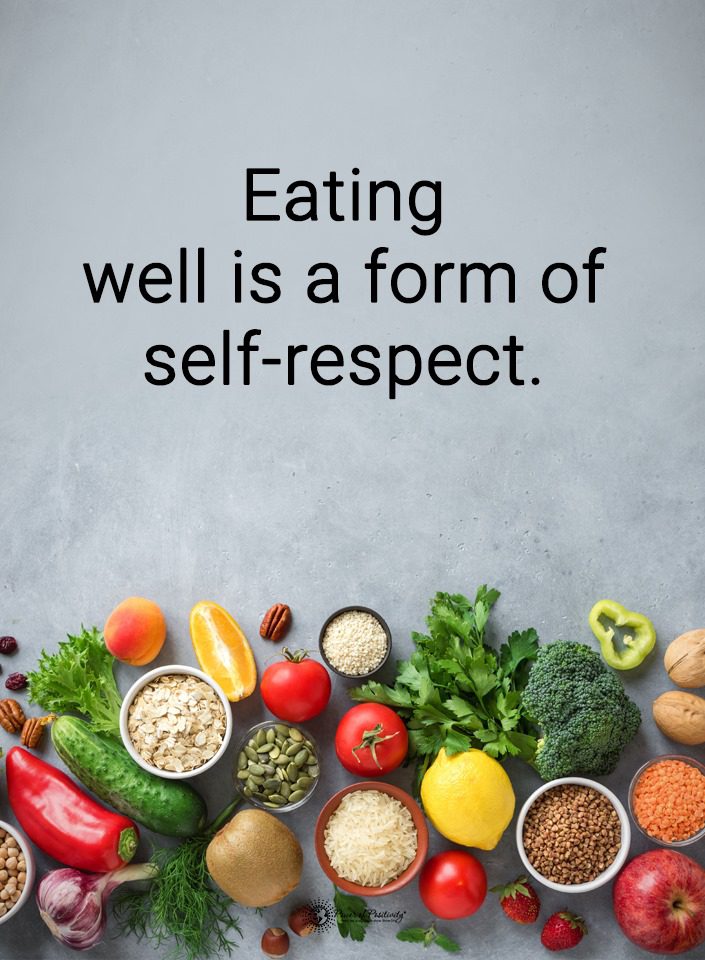

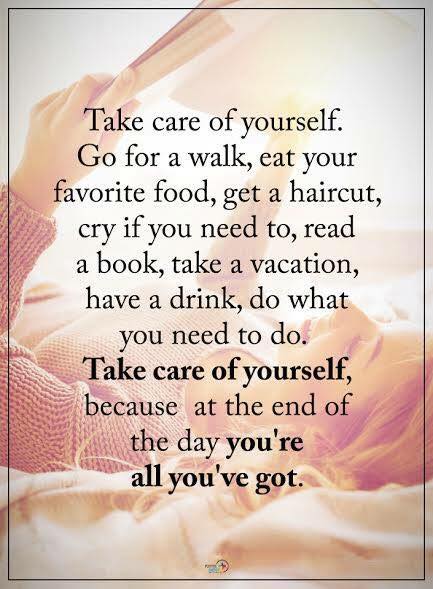 Final Thoughts on Ditching Iodized Salt for a Healther Alternative
Final Thoughts on Ditching Iodized Salt for a Healther Alternative
